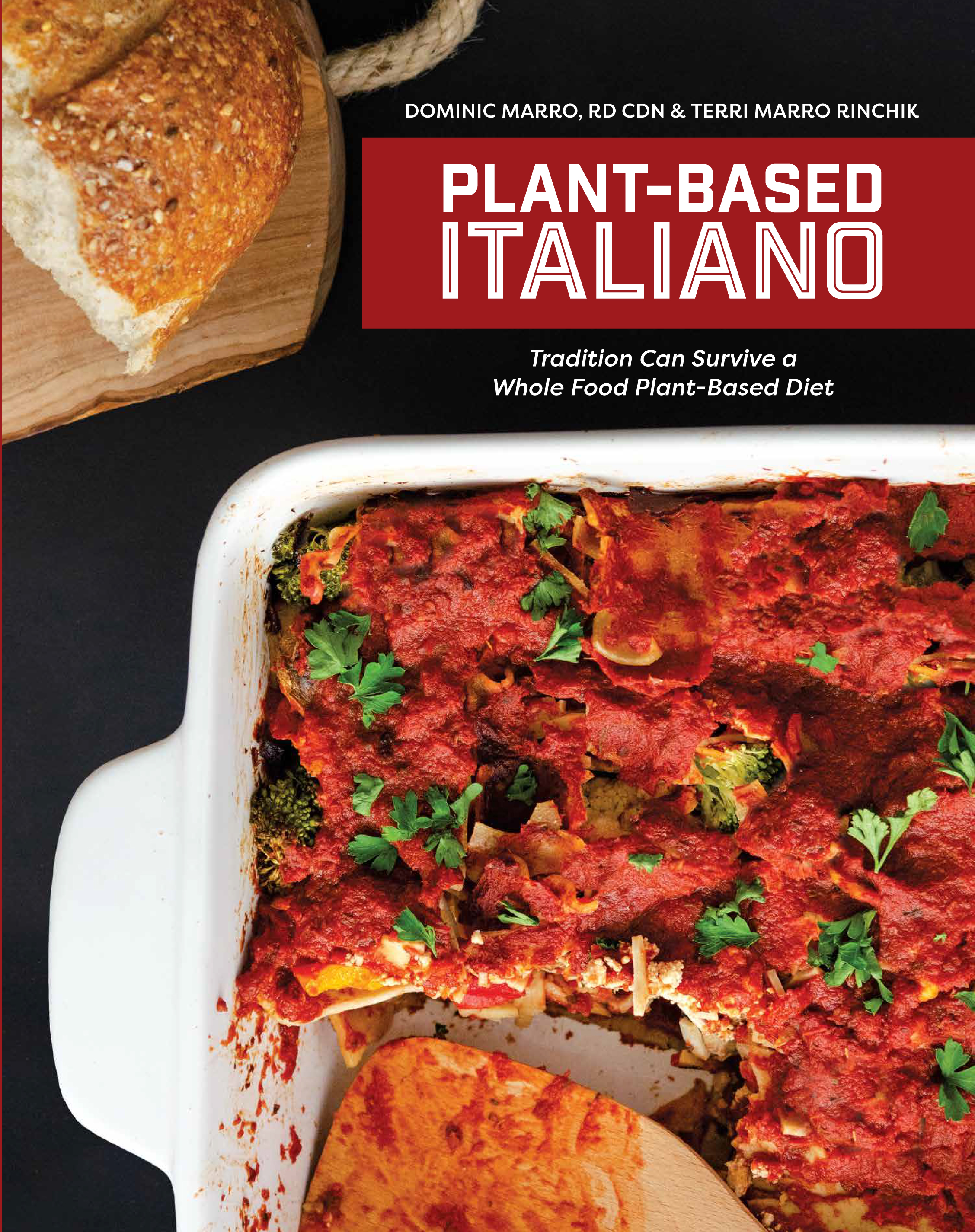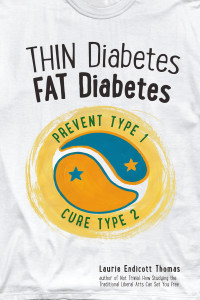The Mayo Clinic lists these seven benefits linked to exercise:
1. Controls body weight
2. Combats disease
3. Improves mood
4. Increases energy
5. Promotes better sleep
6. Puts spark back in sex life
7. Can be fun
I don’t think too many readers will doubt that regular physical exercise plays an important role in warding off disease. However, many athletes and fitness buffs overrate exercise’s ability to protect against America’s leading killer, coronary artery disease.(CAD)
Athletes, especially younger athletes, can perform well and maintain lean physiques on many types of diets, including diets that promote disease. There are many examples of athletes excelling in their sport and maintaining lean, muscular physiques while eating a paleo or “caveman” diet, an Atkins/low-carbohydrate diet or even the Standard American Diet (SAD).
Unfortunately, exercise will provide little protection from these and other artery damaging diets.
Jim Fixx is the man many consider as the major force behind the running boom that began in the latter part of the 20th century. Jim’s father died of a heart attack at age 43, but Jim believed that because he could run a sub-four hour marathon, he was protected from having a heart attack. Jim ignored health experts who told him that his diet mattered more than exercise in protecting his arteries. I remember reading in his classic book “The Complete Book of Running” that he pretty much ate whatever he wanted. Jim succumbed to a heart attack during a run at age 52. Autopsies revealed severe CAD.
Unfortunately, many fit athletes have suffered similar fates assuming that their high state of fitness protected them from America’s most common killer. Many do not heed warning signs as they will persevere through chest and abdominal pain during athletic training and competitions.
Regular exercise has been shown to reduce the risk of developing CAD, but not nearly enough to provide strong protection against diets high in dairy, meat, fish, poultry and highly processed junk food. Athletes need to know that they can excel at their chosen sport without putting their health at risk
If you are truly looking to protect yourself against developing CAD, you need to transition to a WFPB diet. An added bonus of adopting this diet is that you will also reduce your risk of developing other chronic diseases. If you have already been diagnosed with CAD, you should check out Dr. Caldwell Esselstyn’s, and/or Dr. Dean Ornish’s dietary programs for reversing CAD. Their WFPD diets are lower in dietary fat than other types of WFPB .diets. Dr. John McDougall’s High Starch WFPB diet is also low in fat.
Click here to watch a short video by a physically active CAD sufferer who credits Dr. McDougall’s diet for giving him his life back.
Click here for journalist Mike Bick’s story.
If you’d like to read more about the circumstances surrounding Jim Fixx’s premature death, click here to access a great article by John Robbins.






 E Excerpt from Laurie Endicott Thomas’s amazing book Thin Diabetes – Fat Diabetes by clicking here!
E Excerpt from Laurie Endicott Thomas’s amazing book Thin Diabetes – Fat Diabetes by clicking here!
Hello. I am student in the Dietetics Program at the University of Kentucky. I have been eating a whole food, plant-based diet for the past 3-4 years. It has been a transforming experience for me. The knowledge about plant-based nutrition was why I changed my diet initially, and also why I’m going to school so that I can help people as an RD. I’m sitting in an introductory nutrition class and some of the information I hear is disturbing. Dairy is acknowledged as being controversial. My instructor has said that fatty fish and olive oil need to be eaten to prevent heart disease. And also that the calcium in greens is not as well absorbed as the calcium in dairy products such as cow’s milk. A vegetarian herself, she continually promotes everything in moderation. In my mind, I’m thinking – yes, moderation in heart disease? Moderation in blindness (Type II diabetes)? And a couple toes taken off your foot from moderate amputation (Type II diabetes)?
So far, I am regarding this class as a game. I need to learn the rules and apply them for the course, but when I graduate, I will never play the game. How do you suggest I approach the contrasting information presented to what I know is truthful from what the science shows?
I’m also researching plant-based nutrition employment for RDs. Do you have any suggestions?
Thank you so much for considering my message! I am reading and enjoying your website. Thank you for your diligence in creating this site and providing the public with this necessary information.